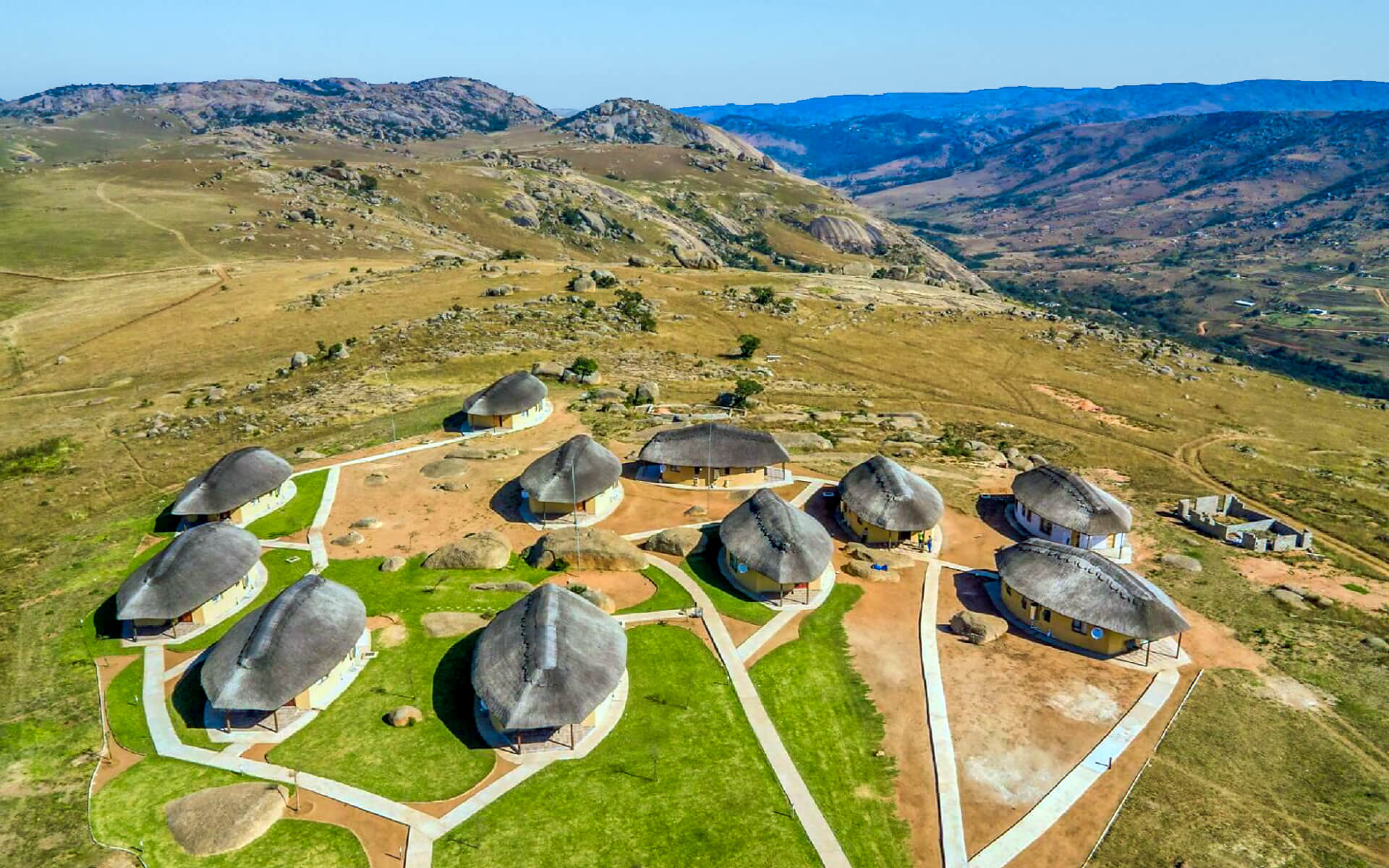Eswatini, one of the world’s last absolute monarchs, is one of Africa’s smallest nations and has a well-deserved reputation for kindness in the region. It also has a number of modestly large government-sponsored game parks and reserves that are popular tourist attractions.
Mswati II, who became monarch in 1839, is the name of Eswatini. The Dlamini clan may be traced back to the royal bloodline. The population is approximately split between Nguni, Sotho, and Tsonga, with the remaining 3% white. Mswati III, the present monarch, is the son of Sobuza II, who had about seventy wives. Indlovukazi, the Queen Mother, and he reign together. Eswatini’s main emblem is the monarch himself, rather than the flags or monuments that the West associates with nationhood. The incwala, a multi-week-long ritual focusing on traditional authority, state unity, importance of agriculture, sanctity of land, fertility, and potency, exemplifies the king’s connection with the people. The implementation of chastity decrees for under-18s to prevent the spread of AIDS has made Mswati’s connection with his people even more special. Mswati III, on the other hand, defied the norm when he married his twelfth wife, a 17-year-old girl, in 2005. Mswati III has also been chastised for trying to buy a private aircraft at a time of severe drought and hunger. The media was barred from making derogatory comments about the monarchy in general, and the aircraft in particular, as a result of the outcry. Further plans to construct luxurious mansions for his wives while his people starved in the third year of drought drew widespread condemnation. Mswati III signed the country’s first constitution in 2005, but nothing has changed in practice: opposition parties are still outlawed, and the King is still the absolute ruler.
Sugar, produced on plantations across Eswatini, soft drink concentrates, cotton, maize, tobacco, rice, and wood pulp are Eswatini’s major exports. Asbestos demand, which was once a significant export, has plummeted owing to the severe health hazards it poses. The area has been severely overgrazed and cultivated. This is especially troublesome given Eswatini’s long-term drought. Unemployment is hovering about 25%. The incapacity to work as a consequence of AIDS contributes to this number.
Swazis construct their houses differently depending on whether they are Nguni or Sotho: Nguni huts are beehive-shaped, whereas Sotho homes feature complete window frames and doors. The living quarters are split into three sections: dwelling quarters, animal housing, and the ‘big’ hut, which is designated for the patrilineal ancestors’ spirits. The wives of the chiefs each have their own cottage. Local chiefs or the Crown hold property; most of it has been purchased back for the country, while unclaimed land is utilized for grazing and firewood gathering. The growth of the middle classes has resulted in a developing class structure. The individual’s social standing is defined by their relationship to the clan chief or the royal family. Fluency and competence in English are the primary social markers in metropolitan settings.
The King’s Birthday, which is celebrated with a national ‘day off’ and local celebrations on April 19, and the Reed (Umhlanga) Dance, a three-day event in August when hundreds of maidens (virgins) gather from all across Eswatini, are two of the most famous festivals and ceremonies. The King is allowed to choose a new wife from among them.
Despite comparable issues with poverty and one of the world’s worst AIDS epidemics, Eswatini is renowned for its politeness and calm in comparison to other nations in the area. The overall reported proportion of people living with HIV was 30% as of November 2008; this, of course, does not include individuals who have not yet been tested. The AIDS pandemic has shattered the traditional extended family structure, leaving many young children orphaned and on the verge of starvation.
Hhohho (northwest), Lubombo (east), Manzini (central-west), and Shiselweni (west) are the four administrative districts of Eswatini (south).


